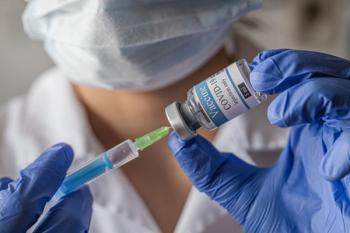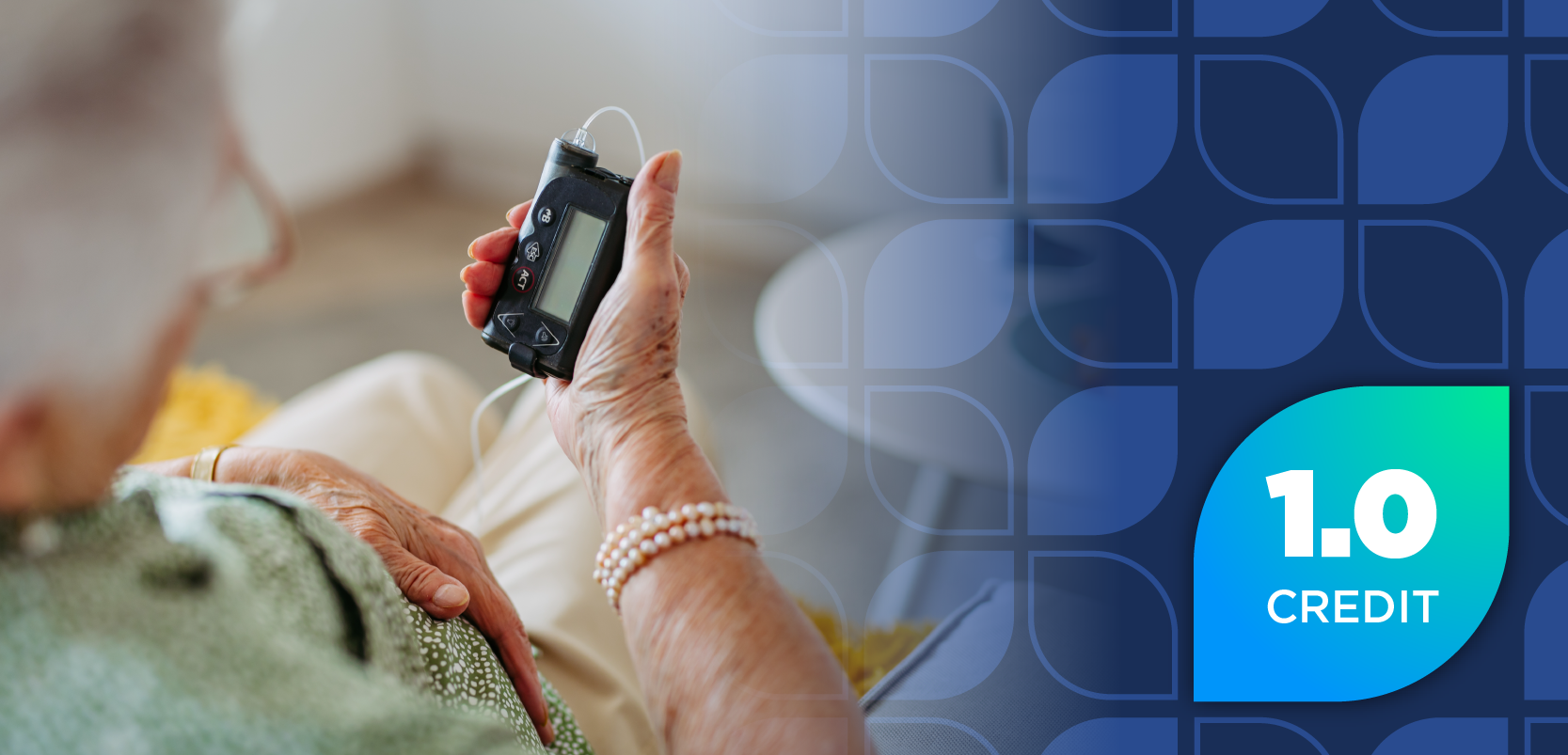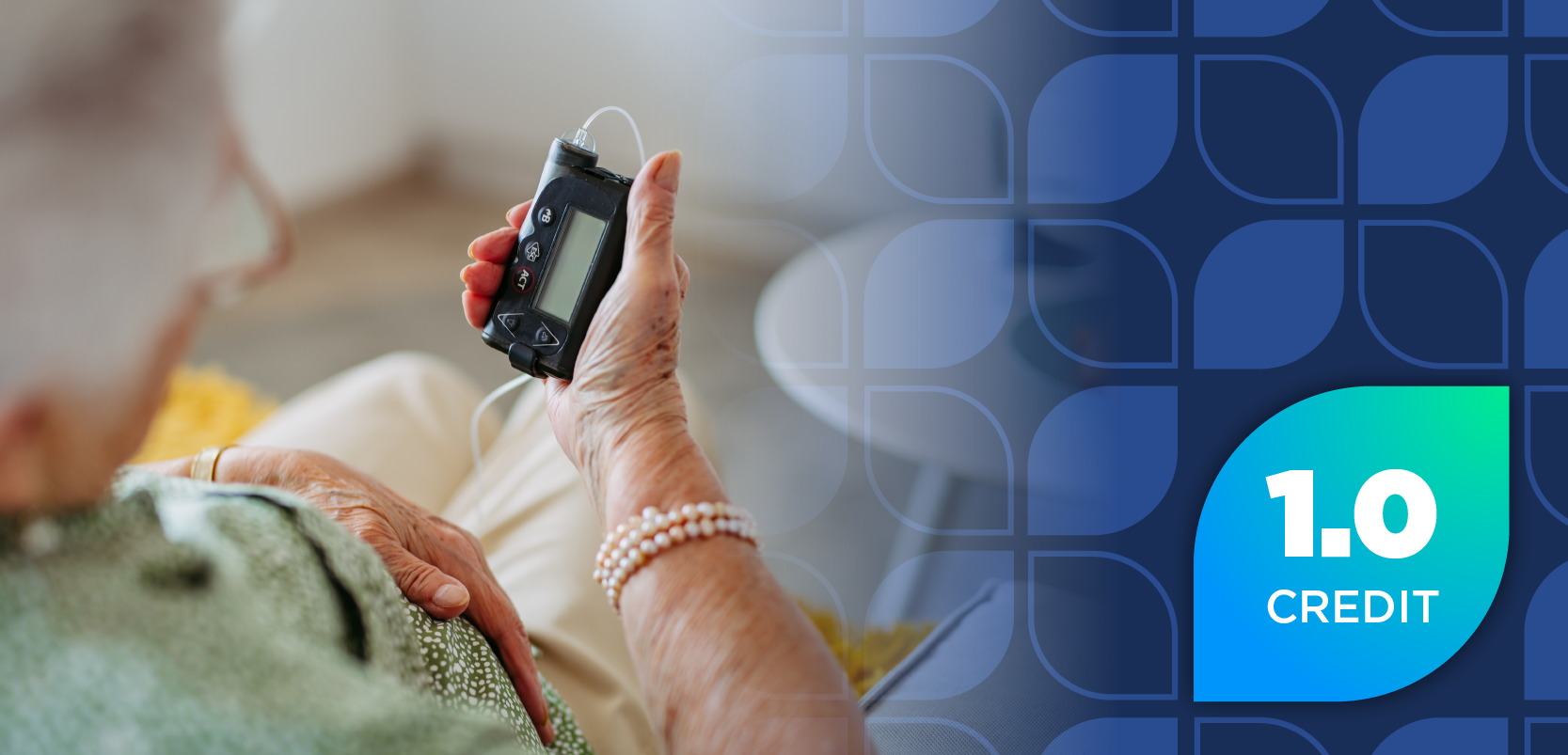
When Common Cold Relief Is the Problem
Phenylephrine hydrochloride is a recognized contact allergen with symptoms remarkably similar to those of a cold.
Red, itchy, runny eyes are characteristic common cold symptoms that often respond to topical phenylephrine. However, phenylephrine hydrochloride (HCl) is a recognized contact allergen with symptoms remarkably similar to those of a cold.
Phenylephrine HCl has been associated with other concerns, as well. For instance, Harvard Medical School warned in June 2014 that combining decongestant phenylephrine and acetaminophen could elevate the risk for serious side effects in patients with heart disease.
More recently, researchers wondered how often phenylephrine HCl eye drops were less of a cure than a culprit. Their study, which was published in the April 2015 issue of Contact Dermatitis, indicates the drug frequently causes periorbital contact dermatitis.
The researchers conducted a retrospective study using the Denmark Allergan Bank, which provides information gleaned from patch tests and has included phenylephrine HCl since 2000. Almost all patients meeting inclusion criteria were referred by ophthalmologists for acute periorbital dermatitis and possible allergic contact dermatitis caused by eye drops.
Over a 14-year period, 764 patients were tested with phenylephrine HCl, and 227 (30%) tested positive for allergy. Most of these reactions were strong, eliminating doubt about the allergy’s source.
Almost all allergic patients were 40 years or older, and it appeared most had undergone regular ophthalmological examination before their acute periorbital dermatitis developed. The researchers suggested the patients became sensitized after repeated ophthalmologic examination employing phenylephrine HCl as a mydriatic.
Since phenylephrine HCl is widely available as a nasal spray and OTC eye drops in the United States, pharmacists should advise patients who complain that an ophthalmic product containing phenylephrine HCl isn’t working to discontinue use immediately. Because allergy is possible, patients should use alternative products or simply wait for their symptoms to resolve without treatment. As always, refer serious cases to a primary care provider.
Newsletter
Stay informed on drug updates, treatment guidelines, and pharmacy practice trends—subscribe to Pharmacy Times for weekly clinical insights.
















































































































































































































